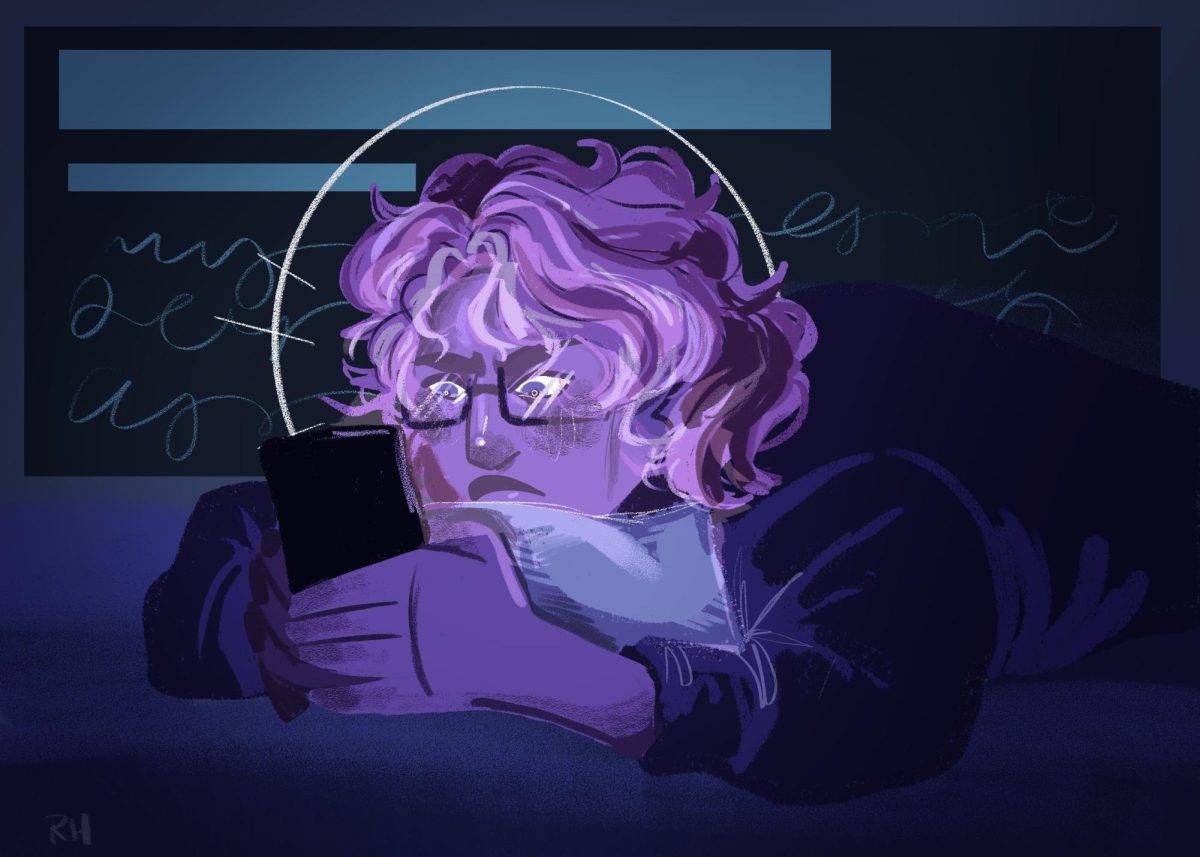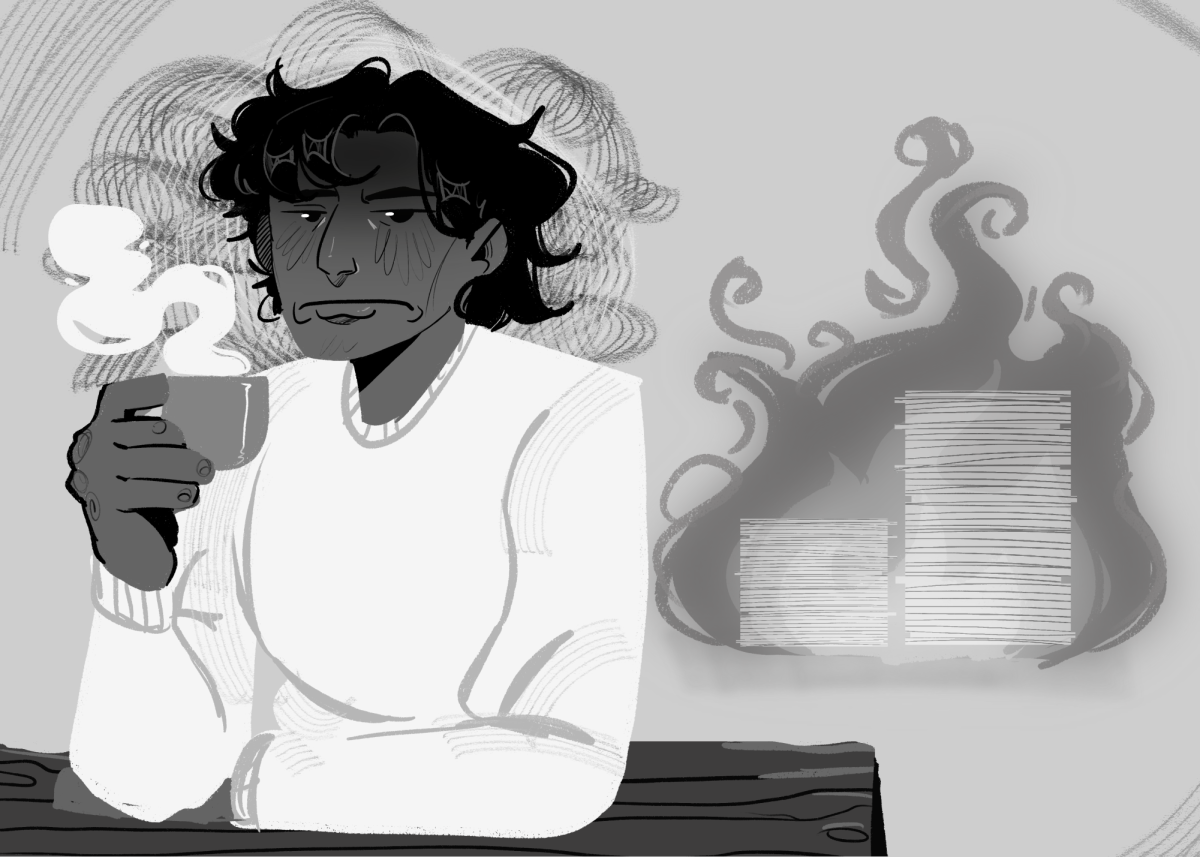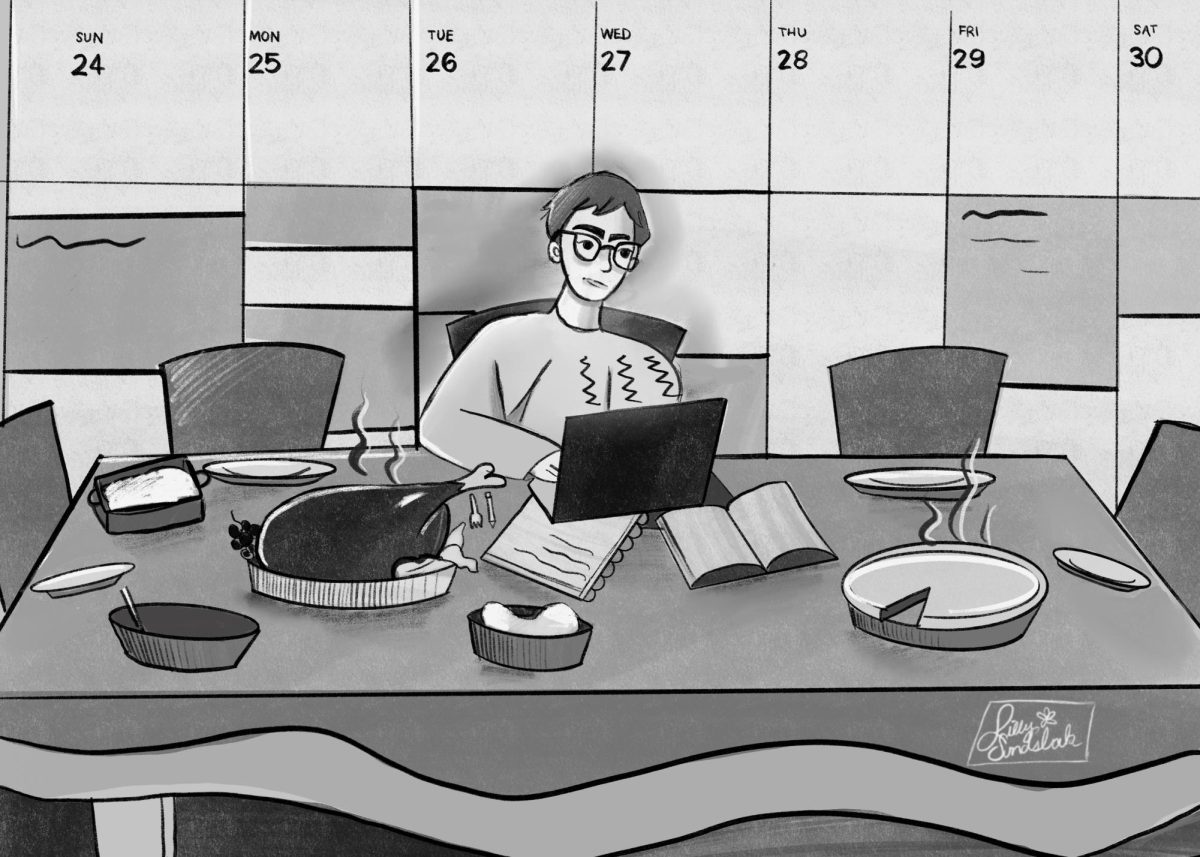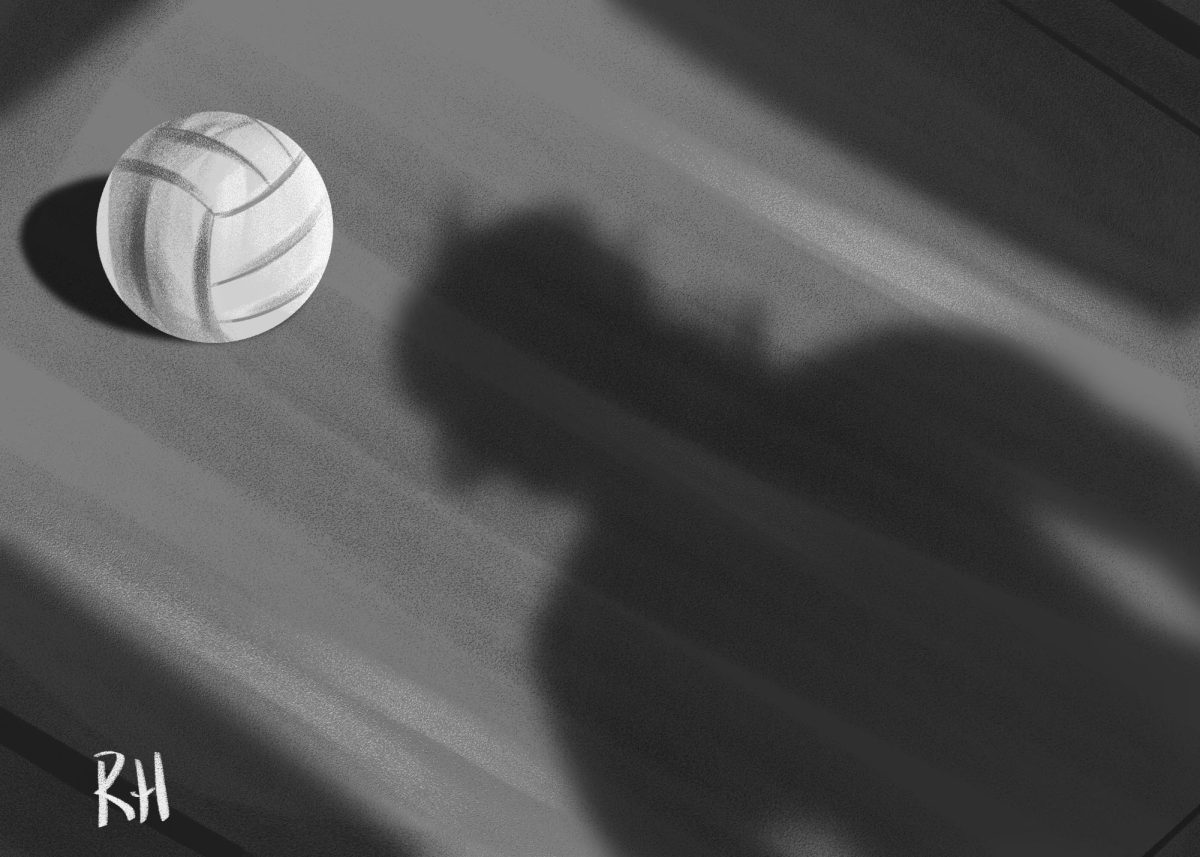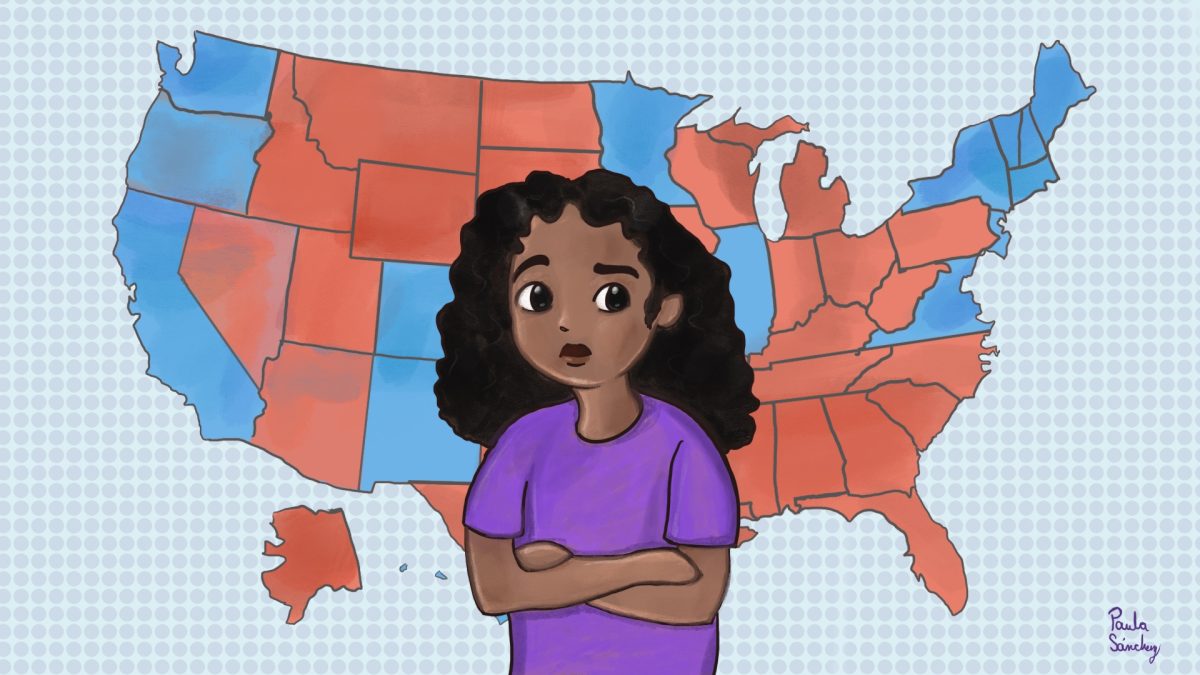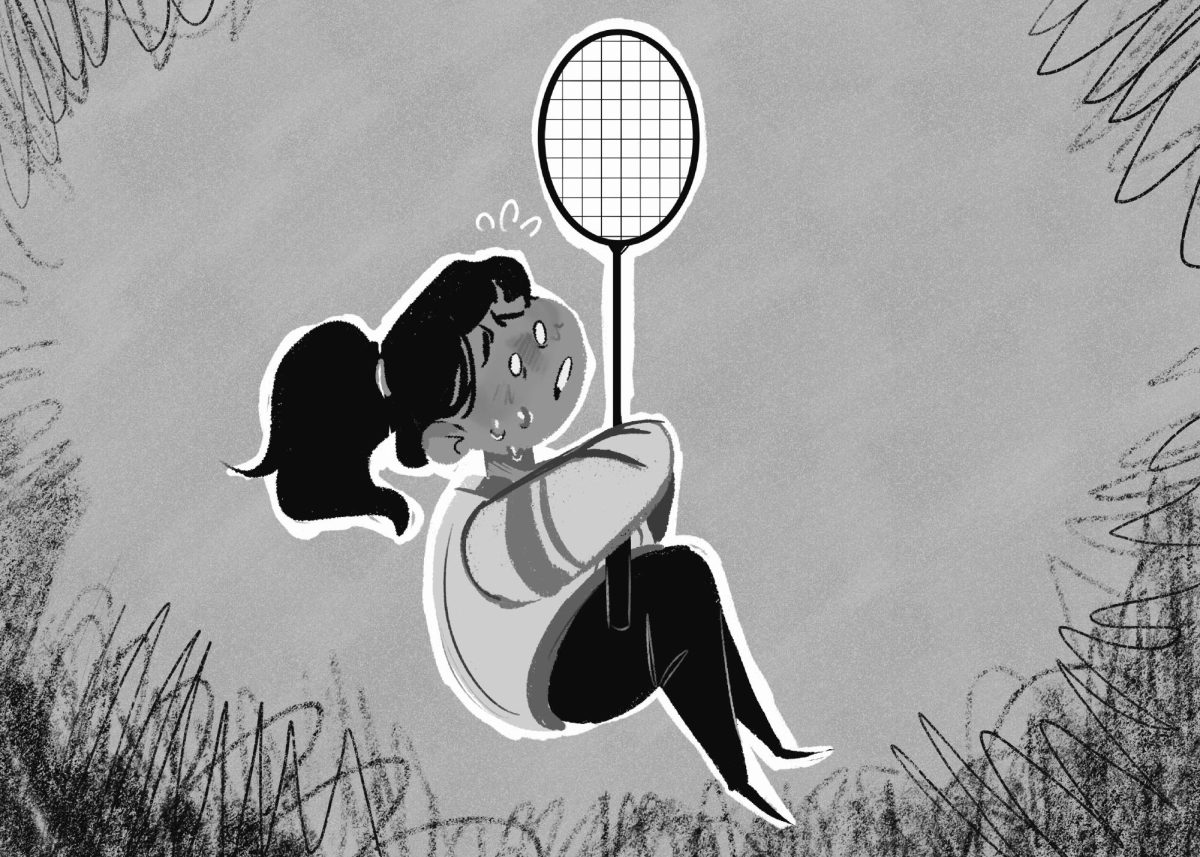Where I am not baffled by the administration’s decision to close 18 majors at our college, I am disturbed and even angered. Especially as it represents, as the Chronicle’s Sept. 11 article puts it, a decision “driven by costs.”
As the sagely “Car Guys” of Boston put it many years ago, “It is the stingy man who pays the most.”
The plan reduces the pursuit of an education in the creative fields to a game of binders and bookkeeping and bean counting which, for all we know, is a spurious shell game of numbers. This is not what education is about. If it were, we would all be selling shoe polish on street corners, or bottled water, or used cars and not making films, or music, or novels, or paintings, or putting on plays, or any of the many other things students come to Columbia to learn how to do.
How does the administration come up with their numbers? How do they make their determinations?
Let’s say one class on the list, which we’ll call Class X, consists of 20 students sitting in a room with their teacher, having discussions, reading, writing and other things one expects to see students doing in a classroom — how is this less “cost effective” than Class Y (not on the list of targeted majors), in a similar room next door, with their teacher, having discussions, reading, writing and other things one expects to see students doing in a classroom?
Is Class X expected to spin straw into gold? Or manufacture nuclear isotopes? Or chant mantras until rare coins come falling from the ceiling?
Does one room use more expensive electricity than the other?
Are the students in Class X breathing more heavily than the students in Class Y?
And who is making the determination of what constitutes “cost effectiveness” in a creative pursuit? A teacher? A student? Someone with the know-how or desire to embark upon an educational journey of the sort we come to Columbia to partake in?
Apparently not. The decision, it seems, comes from someone impassioned by the study of beans — and how to count them, but not to partake of them.
Someone who has never written a poem (or even read one), or composed a song, or danced before an audience, or placed two moving images together in a meaningful sequence, or drew an image that wasn’t a doodle on an old spreadsheet.
Someone who is like (or may even be) that person who, when you ask them to behold the intricate majesty of a Louis Sullivan building facade, remarks, “Gee, that must’ve cost a lotta dough. Why didn’t they just use face brick?”
Those who live by the bean shall perish by the bean — and not even a can of Andy Warhol beans. Or Mister Bean.
I cannot speak for other departments, but I have been associated with Columbia’s creative writing program, first as a student and then as a teacher, for a half century. We have a long tradition and a reputation that draws students in. We don’t teach creative writing like they do in other schools. We teach creative writing creatively. And we are proud of what we do. Look back far enough and you’ll find we produced a National Book Award winner. And we do not rest on our laurels. We enter our classrooms, teachers and students alike, expecting an adventure — to encounter something we have never encountered before. And it has nothing to do with GPAs or SAT scores or who knows who at so-and-so school. It has everything to do with the desire to write something incredible and to tell the stories of our life and culture as they have never been told before.
Put a price on that.
I dare you.
Don’t kill Columbia by “right-sizing” it to death. I spent 34 years in the newspaper business. I’ve seen how well that plan works. Once you start shrinking yourself, you can’t stop.
Go ask Alice.
You cannot grow by shrinking.
Do not leave our future in the hands of those who know the price of everything (so they think, at least) and the value of nothing.
If you want Columbia to fulfill the dreams of all of us — staff, students, faculty — who love this place because there’s nowhere else like it in the universe, don’t nickel-and-dime it.
Invest in it.
Richard Chwedyk is a part-time instructor at Columbia College who teaches in the creative writing program.
Copy edited by Trinity Balboa




